NOTE: This article was first published over at johncaz.net on the 26th March 2014
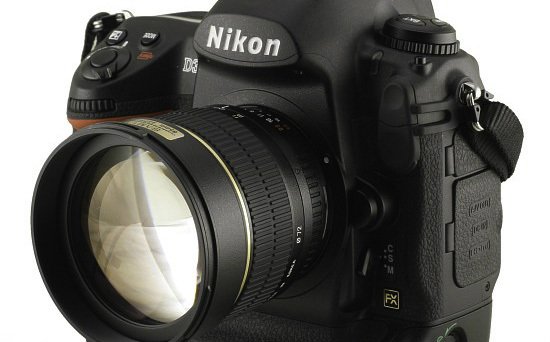
A review of the Samyang 85/1.4 and comparison with the Nikkor AF-D 85/1.4
INTRO
I love lenses that are available at reasonable prices but at the same time perform admirably. This is why lenses like Carl Zeiss never appealed to me. As far as I’m concerned an expensive lens is an overpriced lens and they are generally a waste of money. On the other hand, an affordable lens that can perform is what I like. And such a lens is the Samyang 85mm.
Apart from the very respectable price, the most impressive part about the lens was the bokeh performance. The busiest of backgrounds was no challenge for the Samyang, it was able to create milky soft backdrops every time. This lens will certainly become a legend among photographers. Is it really that good? If we remove from the equation the autofocusing capabilities of the AF-D Nikkor, then the answer is yes! The difference between the two is certainly not worth the extra 800€, unless you really value AF that much. I bought mine for 300€ and at the same time my dealer was selling the Nikkor AF 85mm f/1.4D for 1200€ while used copies of the Ais version were going for 800€, so as you can see, the Samyang is a real bargain.
DESCRIPTION
Third party manufacturers, especially those from Russia and Korea, usually produce budget-priced lenses (usually zooms) for the lower-end of the consumer market. But strangely enough, sometimes, these manufacturers can come up with a nice offering, like the Russian 35mm tilt and shift lens from Kiev or the subject of this review, the Samyang 85mm f1.4 AE IF UMC Aspherical. Although my copy is designed and made by Samyang, it is sold under a multitude of brand names, including Bower, Rokinon, Polar, Falcon, and others.
The long box contains the lens, an instruction manual, a soft bag, front and rear lens caps, and a bayonet-mount lens hood that does not obstruct the 72mm lens filter thread. No surprises here. I would advise getting a modern Nikon made lens cap (with the recessed slots) since placing and removing the Samyang made cap is nearly impossible with large fingers like I have. The hood is plastic, and seems to do a fine job at controlling stray light. The hood also reverses over the lens for better space saving in your camera bag.
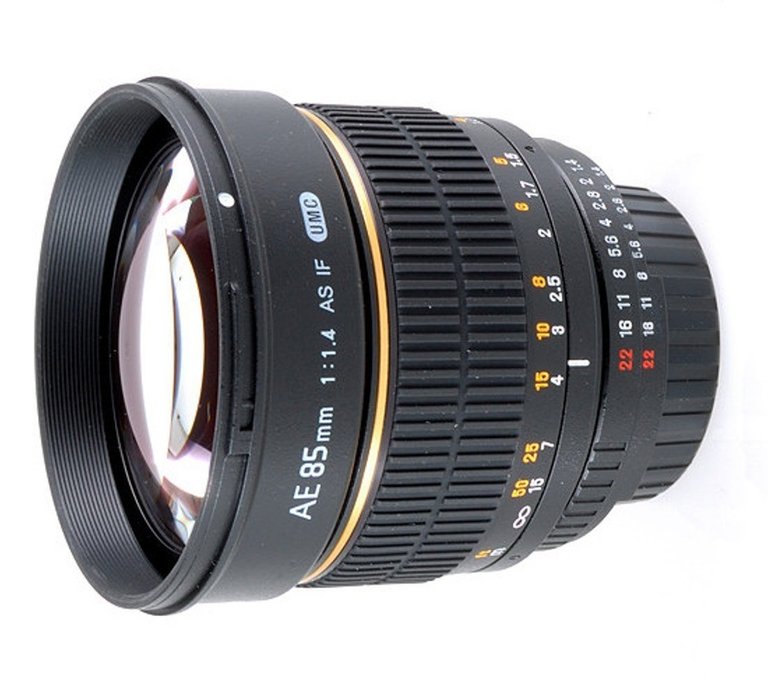
If you have handled an AF 85mm f/1.4 Nikkor before, then this lens will be surprisingly small, on the other hand, if all you have ever used is a couple of slow zooms, then the lens may seem large. Either way, this is a nice size and feels very well suited on a Nikon D700 with or without the battery pack. It also looks good, with its big front multicoated element glowing and ready for action. Amazingly, for the price you get an all metal construction, plenty of quality glass, including an aspherical element and what seems to be a very good manual focusing mechanism that I have fallen in love with. Overall, the whole lens construction feels very solid.
HANDLING
On first contact, the initial impression is very good since it no way feels cheap. At first, I thought the focusing throw was too long and too stiff, (this is what happens after years of focusing manually with modern AF lenses) but after some little use, one gets used to the authentic manual focusing feel of the past that so many have forgotten. You need two thumb throws from closest focus distance (1m) to infinity which is very good since your actual working throw can be handled by the limited movement of your thumb & index finger. The focusing ring is well damped and has a nice to the touch rubber grip. Of course manual focusing is a lot easier with a pro-specked viewfinder or/and the appropriate focusing screen. Overall, the lens handles superbly with very smooth and precise focusing. Precise here meaning that it offers the necessary resistance to allow for precise focusing.
One negative point about the Samyang is the fact that it doesn't provide a minimum aperture lock. If the ring does move accidentally away from minimum aperture, then FEE will appear in the viewfinder and top LCD warning the photographer of the error. No big deal since I haven’t had any issues yet. I don’t use the aperture ring since this version of the lens comes with an electronic chip which handles all communication with the camera. All data necessary for light measurement and aperture control are transmitted to the camera body. Flash is also fully usable and most importantly, all relevant lens parameters are displayed in EXIF. Like most modern lenses this optic is an internal focus design, meaning that the front element doesn't rotate or that the lens body racks in or out while focusing.
OPTICAL CONSTRUCTION
Surprise-surprise, for a mere 300€ you get one of the most modern and complex designs in its class. Not only does it comprise of 9 elements arranged in 7 groups, but it also includes an aspherical element. This aspherical element ensures a smaller, more compact and lighter lens which in other words also means that it can be designed with fewer lens surfaces, so there is also less potential for internal reflection. But its main advantage is that it offers superb optical performance by eliminating sagittal, or arrow shaped, coma, even at its widest aperture. And that’s not all, since Samyang has also provided this lens with very good multi-layered and anti-reflective coatings (UMC - Ultra Multi Coated) ensuring a high transmission of light. It also offers 8 blades, though they are not rounded - not much of a problem really, since most shooting will be done wide open.
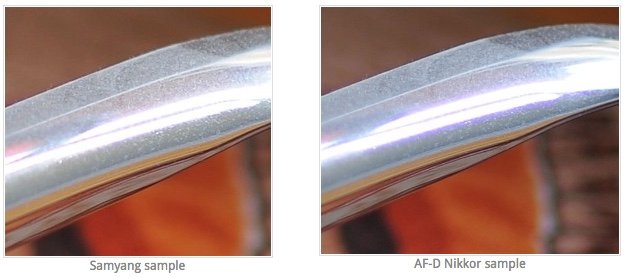
The newer optical design of the Samyang manages to easily outperform not only the dated AF-D but also the newer AF-S Nikkor as well!
.jpg)
OPTICAL PERFORMANCE
Upon first using the lens I was amazed at its incredible performance, I mean you just don’t expect that from such an affordable lens. Chromatic aberrations and distortion are undetectable and will go unnoticed in nearly all shooting situations with this lens. I don’t shoot stars, so don’t ask me how it performs against the Noct nikkor when it comes to Coma and Astigmatism but the aspherical lens included will ensure good performance. Now, vignetting is present but I don’t find it troublesome. So far the Samyang is performing quite well, but what about ghosting and flaring? Well, unlike some other reports on the net, i find this lens an excellent performer even against the sun. Maybe this second version has better coatings, I don’t know, as far as I am told, both versions carry the same coatings.
Sharpness: At f/1.4 the Samyang is nearly as sharp in the center and slightly catches up if not betters the Nikkor towards the edges. In real life, you wouldn’t really notice any differences unless you are doing what we are now, pixel peeping!
Contrast: OK, here the Nikkor is definitely a winner and it is noticeable. I mean show me two unprocessed portraits and I can easily pick the Samyang, since it has a noticeable amount of less contrast. But how negative is that characteristic? Color: The Samyang has an overly warm rendering which at times can be nice, but a neutral rendering is preferable. The Nikkor has a neutral rendering with a slight greenish bluish tinge that is really not noticeable.
Vignetting: Well, the Samyang doesn’t fair well in the vignetting department and its actually present throughout the aperture range, meaning you never really get rid of the noticeable vignetting. This is one of the reasons why you get darker images with the Samyang even though exposures are the same for both lenses.
Light Transmission: The f-number of a lens is the ratio of the focal length to the effective object lens diameter. It is a mechanical ratio and does not provide any guarantees to the actual light transmission. The Samyang compared to the AF-D Nikkor is about 0.5 stop darker for the same exposure. It’s not a slower lens, since it really is a f/1.4 but the glass within its construction does absorb more light than the Nikkor. Combine this with the already mentioned heavy vignetting and the darker result can be bothersome under testing/comparison conditions but in real life you probably won’t really notice it.
Fringing: So how does the cheap Samyang compare to the AF-D Nikkor? Well, the newer optical design of the Samyang manages to easily outperform the dated Nikkor and this is really no surprise, though I doubt it would beat the AFS version.
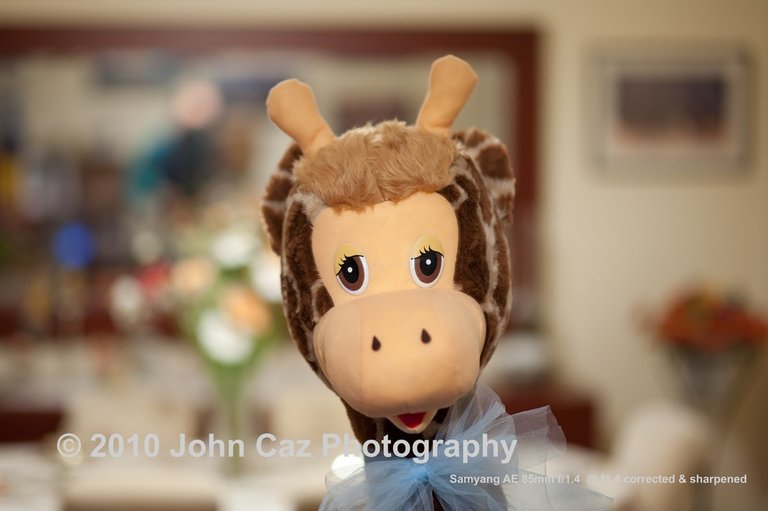
Samyang sample
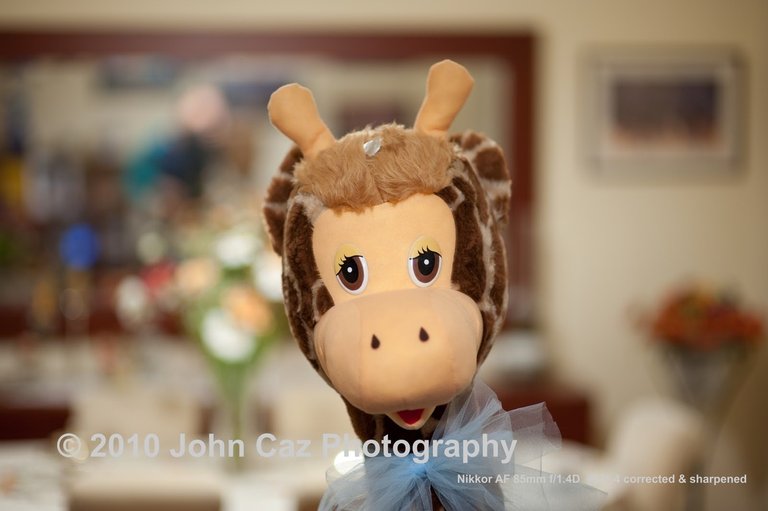
AF-D Nikkor sample
Bokeh: This is where the Samyang really shines. You will be hard pressed to find someone who will actually pick the AF-D Nikkor over the Samyang in this department. The bokeh is real smooth and hard to describe in words. It’s like someone used the Gaussian blur tool for the background. OK, this doesn’t mean that the Nikkor does not have good bokeh, its actually great, but my hat off to Samyang for creating an affordable lens with such attractively smooth bokeh. And to think, that Samyang don’t even use rounded aperture blades. Of course the penalty for that is that spectral highlights show hints of an octagonal around light spots from f/2.8 onwards but this is a moot point since this lens will be used wide open, but is noted since the AF-D Nikkor with its 9 rounded blades performs much better throughout the aperture range.
Manual Focusing
Another big advantage of the Samyang is how easy you can nail sharp focus. For some reason focus is just snappier, I mean I'm finding it easier to focus this lens than any other fast lens I’ve ever used before. I’m constantly amazed at how many shots keep showing up in focus compared to the AF-D Nikkor.
Focal length
Another characteristic worth noting is that the Samyang is more like a 90mm lens or the Nikkor an 80mm take your pick. Now this may seem like cheating to some, because what’s happening is that from the moment you have focused on exactly the same plane for both lenses then the background blur (bokeh) will theoretically be better for the longer lens.
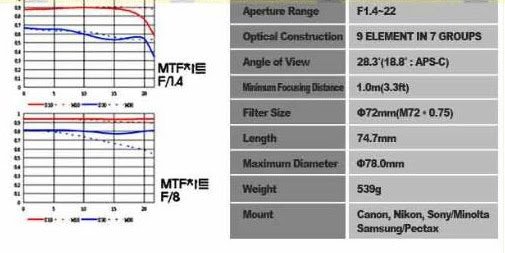
LAST WORDS
Yes, the 1200€ AF-D Nikkor is the better lens. But when you take into consideration the price then value becomes an important issue, especially since the optical performance of both lenses are so close and the price differences so great. I mean is an extra 800€ really worth paying for AF. If you are a wedding or portrait photographer on a tight budget or just starting out, then you can’t go wrong with the Samyang AE 85mm f/1.4 lens. For 300€ you get a well built manual focusing portrait lens that performs similarly to the legendary AF Nikkor 85mm f/1.4D plus the best bokeh out there. Highly recommended!
What to like:
- Excellent wide open
- Very little chromatic aberrations
- Practically zero distortion
- Vignetting not a real concern
- True f/1.4
- Very good build quality
- Excellent price-quality ratio
What not to like:
- No AF
- No aperture lock
- The first version doesn't provide AE chip
IMAGES TAKEN WITH THE SAMYANG 85MM
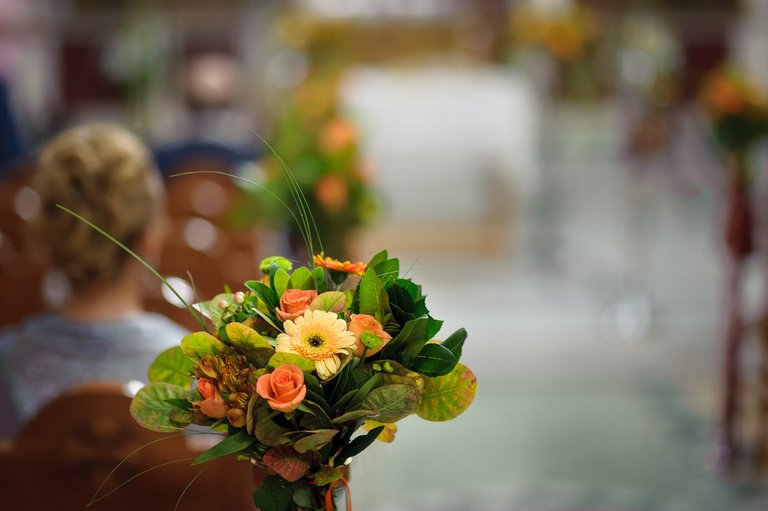

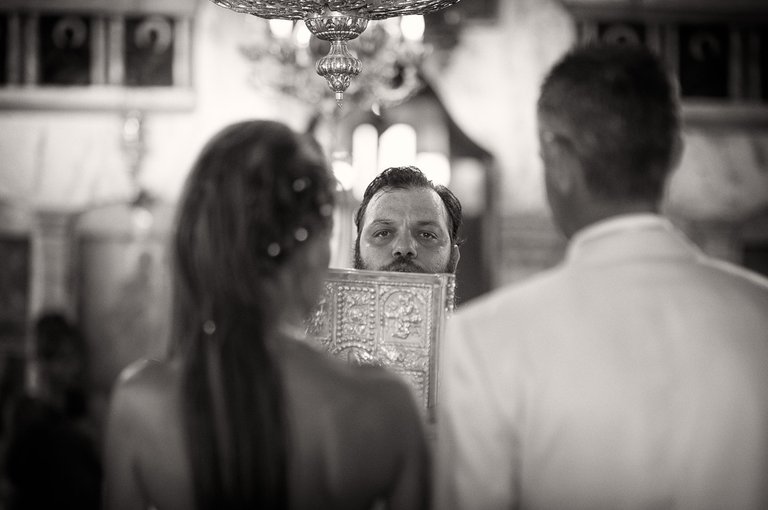
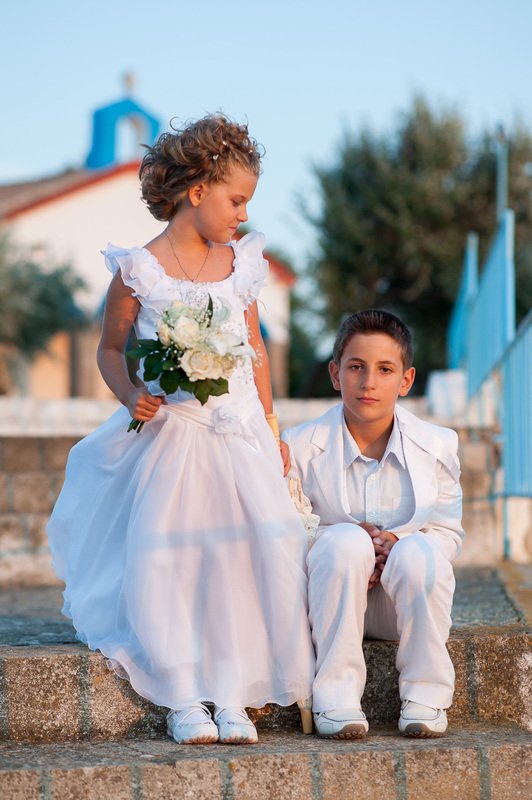

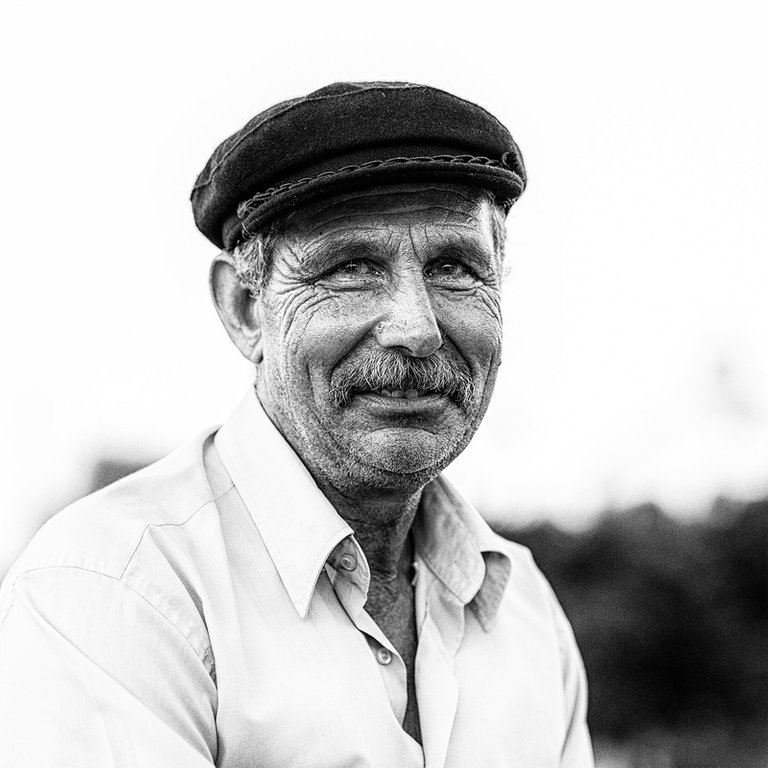

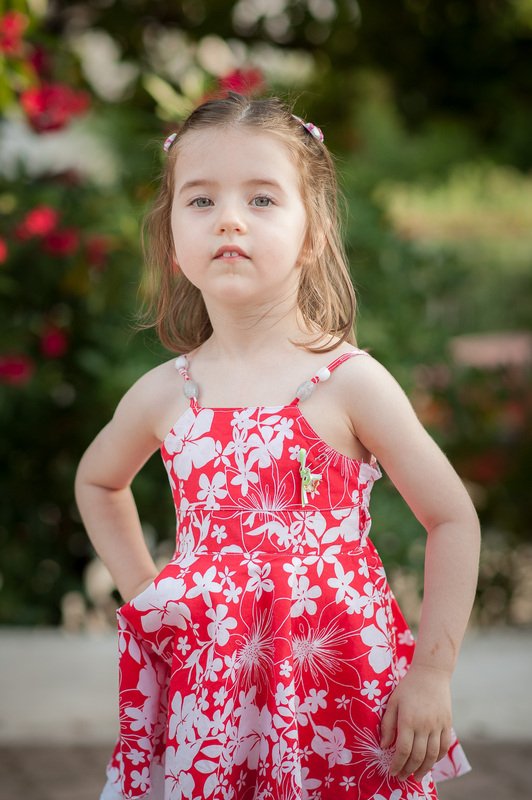

UPVOTE & SHARE
If you enjoyed this article I would really appreciate an upvote ;-) You could also help me by resteeming my article for others to find and read, thanks!
Hi! I am a robot. I just upvoted you! I found similar content that readers might be interested in:
http://www.johncaz.net/blog/samyang-ae-85mm-f14